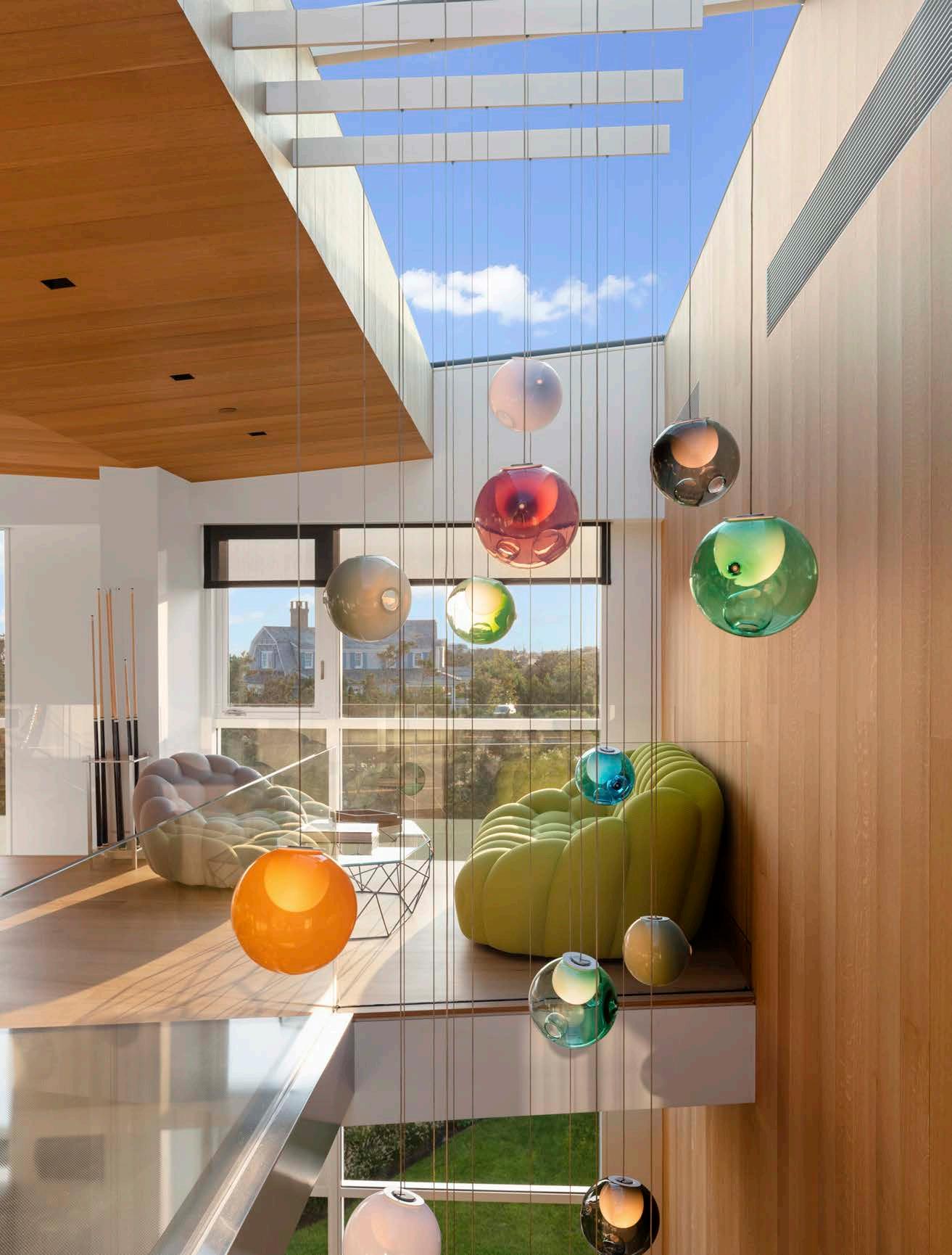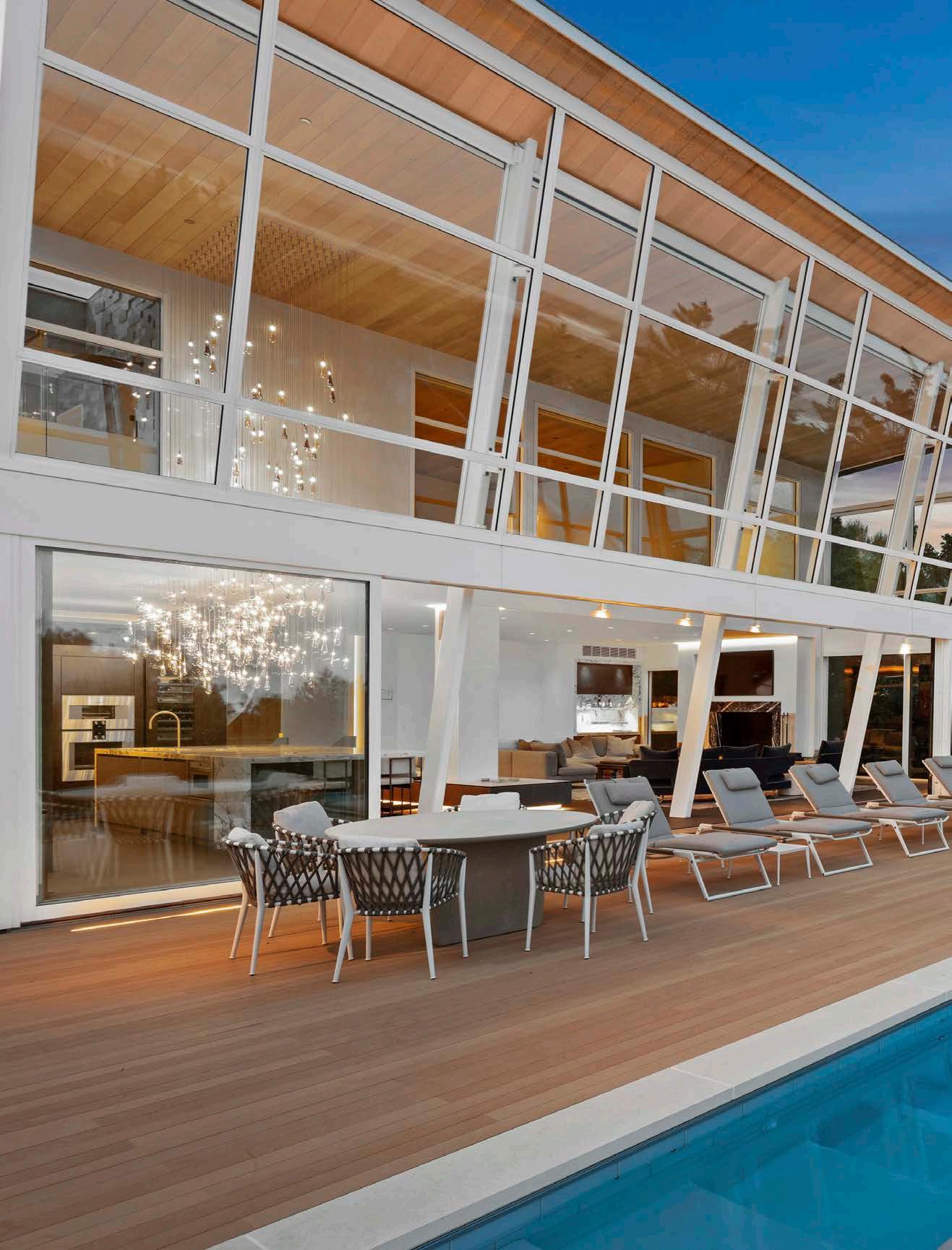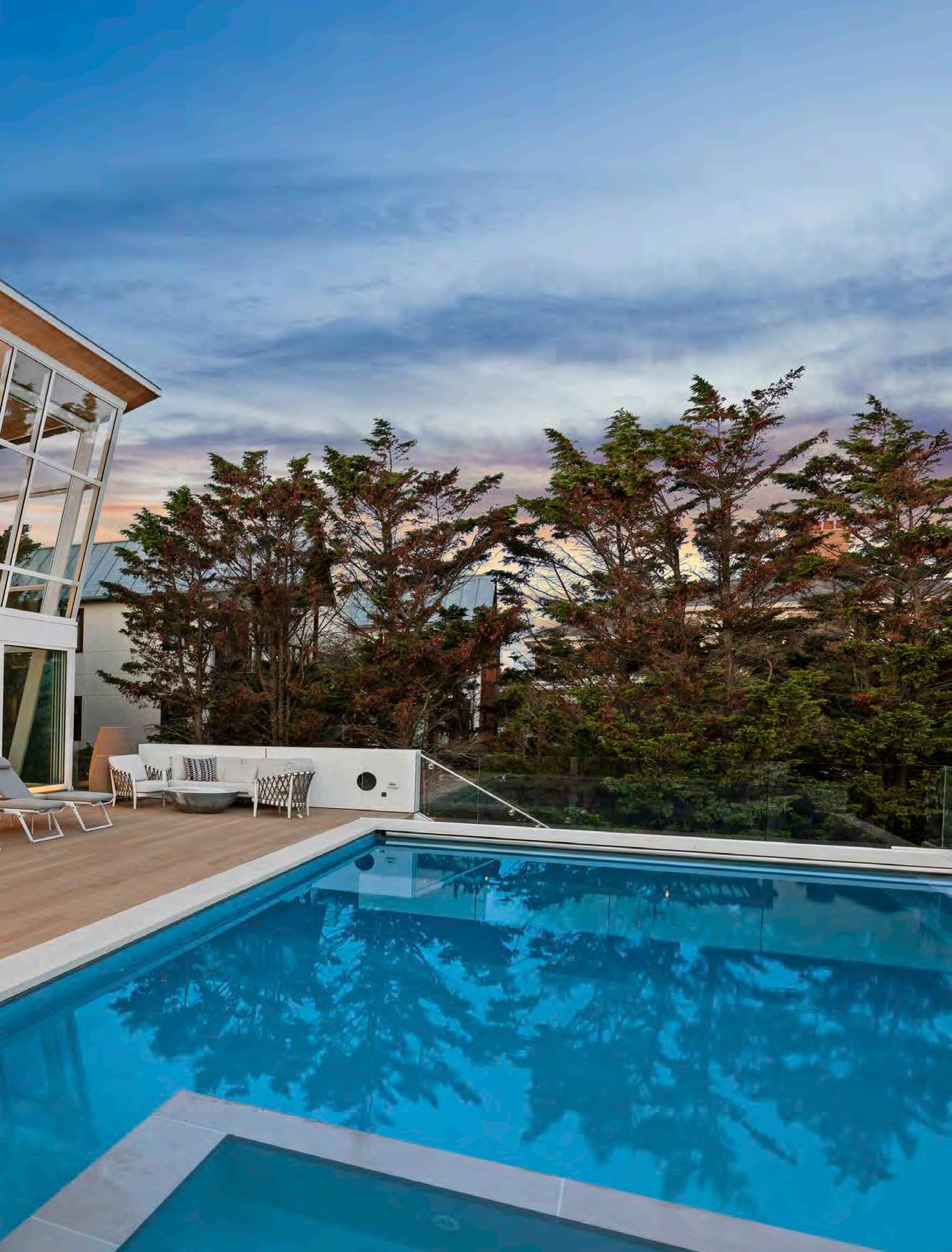
2 minute read
Mirroring Reality
ARCHITECTURE | Perspectives
Mirroring Reality: Bruce Nagel on the New Home
Advertisement
Having completed nearly 800 residential homes since he moved himself out to the Hamptons in the eighties, architect Bruce Nagel, Founder of Bruce Nagel + Partners Architects, has watched the destination community quadruple in size. Since the start of the pandemic, New Yorkers have chosen to live full-time in their Hamptons homes, and the architect is working on renovation projects now more than ever. Needs, and therefore spaces, Nagel explains, have changed as the family is home around the clock, children are homeschooled, parents are working, and a house suddenly needs to accommodate all aspects of life. A way of living, Nagel predicts, that will be the status quo for the near future.
Although the pandemic changed his portfolio, it didn’t change logistics for Nagel and his team. For the last ten years, Nagel has worked in solitude in his office, outsourcing work to staff around the world, and finding value in the input of his partners and people in places as disparate as Chicago and Rome, Atlanta and Mexico, who can bring entirely new viewpoints to the drawing table. Although Nagel and his partners have extensive commercial portfolios, the decimation of those industries in the last year has placed their focus on single-family homes. His designs are embodiments of the coastlines on which they’re built: bright, expansive, and fluid.
The approach of his practice is what Nagel calls ‘non-signature style architecture,’ which, as it sounds, means that his designs are not visibly linked, and every project starts from scratch as a unique architectural response to the client and site. “As a creative person, I’d rather be creative and do different things. I refer to myself as a servant to my client in that I want them to really define their own lifestyle, their own vision,” Nagel says. His goal is to be a mirror to what they want, and design a home that uplifts his clients, with spaces that bring them joy.
Nagel is not designing homes for just anyone, but creating an architectural vocabulary out of his client’s personal reflections. This material comes in the form of imagery and memory, of their family, trips, and the course of their days, mundane tasks included. Things like when they wake up in the morning, whether the family spends their days together or in their own environments, how they store their clothes, if they play board games, or sit in front of the television.
His team finds inspiration from other architects, too, so that when a client asks for a Hamptons cottage house, they turn to the English architect Edwin Lutyens or Robert A.M Stern. For a glass box they might look at the work of California architect Richard Neutra. Nagel, once a teacher, advises young architecture students to similarly study the work of others. To become in-depth thinkers, absorb information like sponges, and be a good person, “a good citizen, a good listener, a good partner, and a good participant.”
Text Morgan Day
Images Courtesy of Bruce Nagel
Project Shown Dune Road House, Westhampton Beach, New York


BRUCE NAGEL










